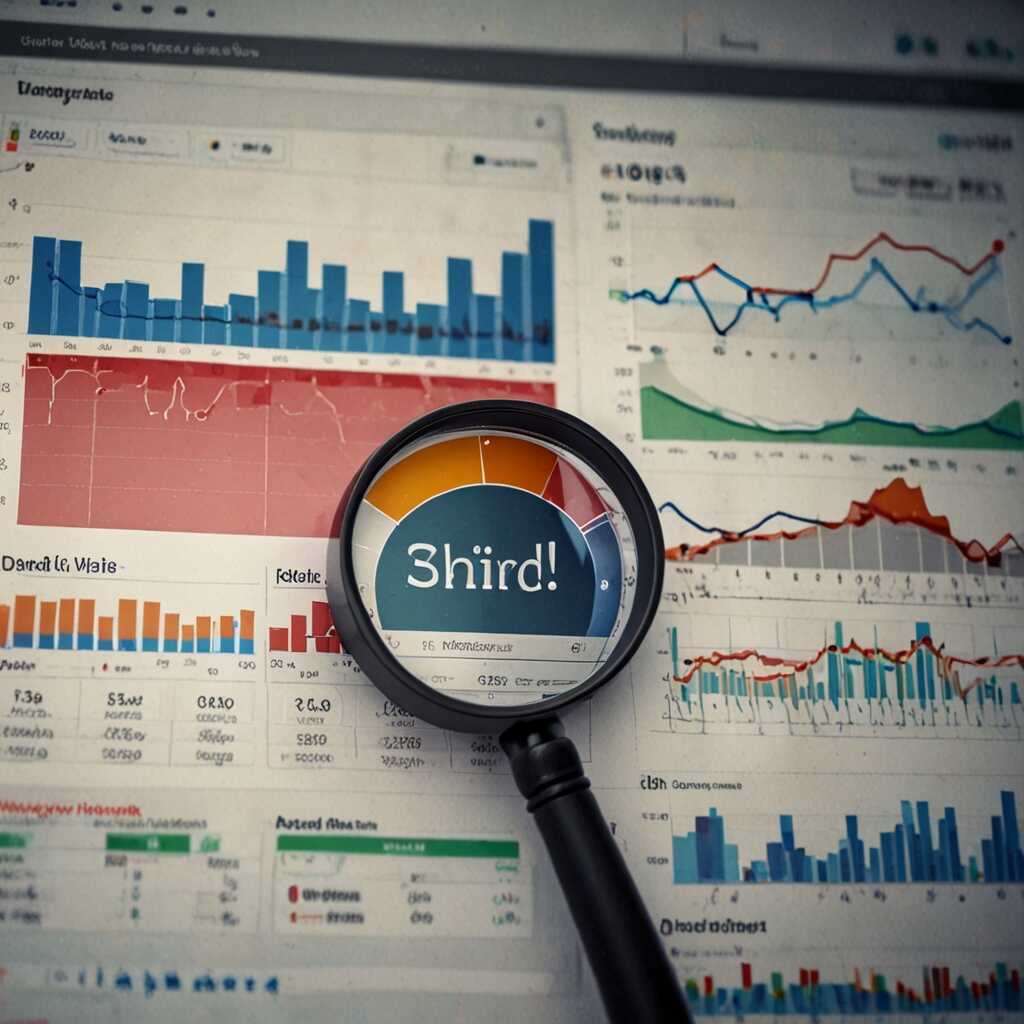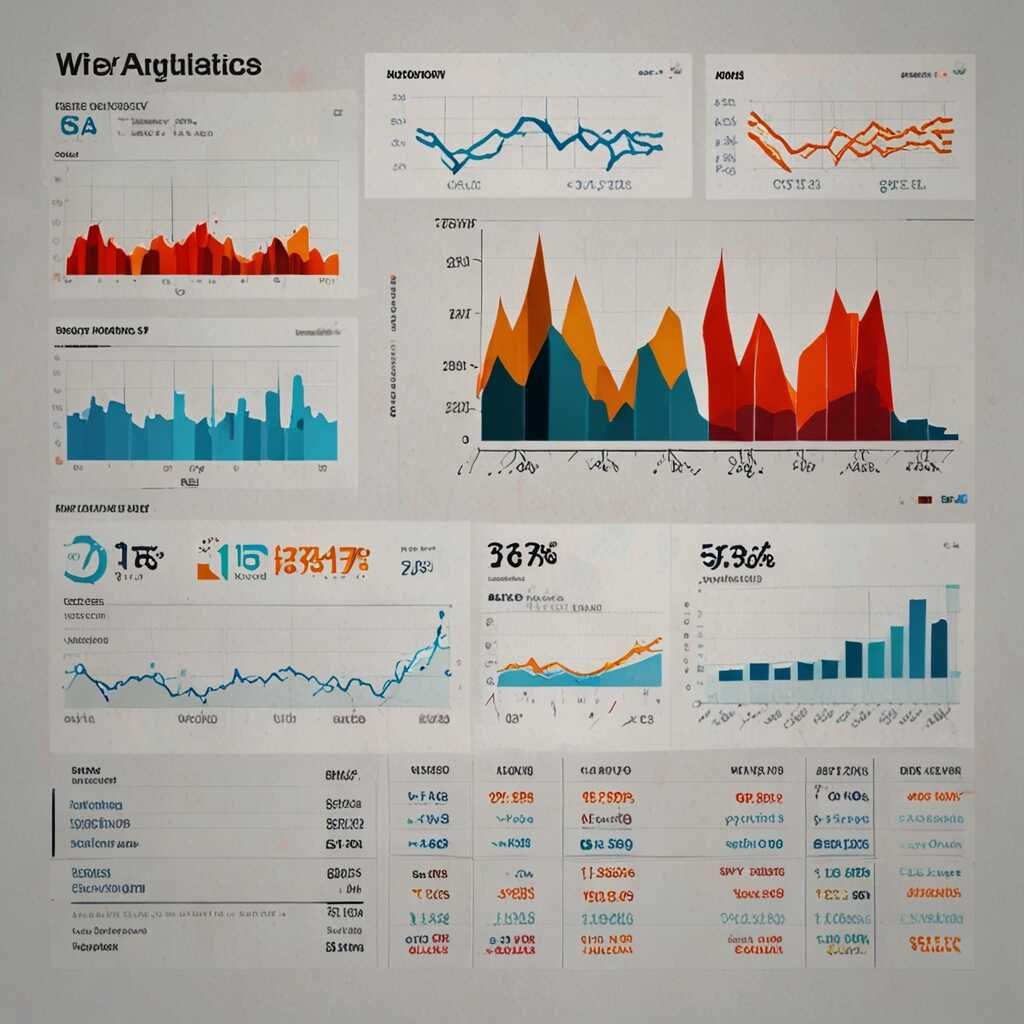To maximize your Bing visibility, it’s essential to understand and apply effective content quality guidelines. These guidelines help improve your website’s search rankings by focusing on relevant, high-quality content that meets user needs. At Metrics Rule, we specialize in content strategies that enhance SEO, ensuring your site stands out in Bing’s search results. By implementing these best practices, you can pave the way for increased traffic and engagement on your website.
Overview of Bing’s Content Quality Guidelines for SEO
Bing’s content quality guidelines emphasize the importance of providing valuable, reliable content that meets user needs. Key components include originality, relevance, and comprehensive information. To enhance website SEO, marketers should prioritize user experience and ensure high-quality content that effectively answers users’ questions. While both Bing and Google value quality content, Bing places a strong emphasis on comprehensive coverage and authoritative sources. It is generally recommended to maintain a word count of at least 500 words, as longer articles tend to provide deeper insights and more sustained engagement opportunities for users.
Understanding the Unique Features of Bing’s Guidelines
Bing’s content quality guidelines are designed to prioritize user-centric experiences. They emphasize delivering high-quality information that answers user queries efficiently. One unique aspect is the significance placed on website authority and trustworthiness, which are critical for SEO success. Websites must be well-structured, ensuring easy navigation and fast loading times to enhance both crawling and indexing processes. Implementing a properly formatted sitemap and strategic internal linking can further improve your site’s reliability and visibility.
Primary Elements Influencing Bing Content Quality Rankings
To boost your website’s visibility on Bing, it’s important to grasp the key elements the search engine evaluates for content quality rankings. Bing prioritizes several factors, such as content relevance, user engagement metrics, and overall technical quality. Effective search engine optimization techniques can leverage these factors, ensuring your content meets Bing’s criteria. This not only helps improve your ranking potential but also enhances the user experience, which is crucial for retaining visitors. Bing recognizes numerous ranking factors, which include site authority, backlink quality, and content freshness, among others.
Understanding Content Relevance and User Engagement
Content relevance is a major driver of how well your website performs on Bing. It involves ensuring that your content answers user queries effectively and provides valuable information. Good user engagement metrics—like click-through rates and average time spent on a page—indicate that your content resonates well with your audience. To optimize your content for Bing, focus on keyword utilization and ensure that all topics are thoroughly covered. This approach not only enhances user satisfaction but also improves your site’s crawling and indexing by search engines. Metrics Rule specializes in navigating these complexities to help our clients achieve optimal results.

Significance of Unique and Relevant Content in Bing SEO
Unique content plays a crucial role in improving your Bing SEO rankings. Bing prioritizes content that displays reliability and offers value to users, ensuring that visitors have a positive experience. Creating relevant content tailored to user search intent increases engagement, which helps retain users on your site. For effective content strategy, aim to write articles that leverage data from keyword research tools. Ensuring your articles answer common queries and provide practical solutions enhances their relevance.
Effective Strategies for Developing Engaging and Relevant Content
When developing engaging content, focus on understanding your audience’s needs. Use tools like Google Analytics and Bing Webmaster Tools to analyze what keywords users are searching for. This research informs you on trending topics and lets you craft unique articles that fulfill search intent. Incorporating unique visuals and infographics can also enhance user engagement. Consider producing around 50 unique articles annually to maintain relevance in search results. Balancing quality and quantity is essential for achieving lasting visibility on Bing.
Key Statistics for Improving Search Performance
- Bing accounts for approximately 6% of the global search engine market share.
- Content quality influences around 75% of search engine rankings.
- Websites with high-quality content can increase organic traffic by up to 150%.
- Applying content quality guidelines can improve visibility on Bing significantly.
- Search queries with rich content generate 25% more clicks.
- Over 60% of users prefer websites with optimized content.
- Regular updates to your site can lead to a 40% growth in search traffic.

Key Technical Components for Optimizing Content on Bing
To enhance your website’s visibility on Bing, focus on three key technical components: site structure, loading speed, and mobile optimization. A well-organized site structure optimization ensures that Bing can effectively crawl and index your pages. Clear navigation and a logical hierarchy enhance reliability and user experience. Loading speed is equally critical; Bing favors sites that load quickly. Aim for a target loading speed of under 3 seconds. Mobile optimization techniques are essential as more users access websites via mobile devices. A responsive design improves usability and strengthens your chances of ranking higher on Bing.
Understanding the Role of Site Structure in SEO
A well-optimized site structure improves Bing’s ability to crawl and index your content effectively. Utilize clear categories and subcategories to help users navigate your website easily. Include sitemaps to guide Bing’s crawling process. Implementing breadcrumb navigation not only enhances user experience but also allows Bing to understand content relationships better. Good site structure impacts both user experience and SEO results significantly. Make sure to validate your site’s structure using tools like Bing Webmaster Tools to review any issues. Proper organization saves crawling time and improves indexing efficiency, ultimately leading to better search engine performance.

User Engagement Metrics and Their Effect on Bing SEO
User engagement metrics significantly affect rankings on Bing. Metrics such as time on page and user interactions show Bing how users interact with your site. When users spend more time on your pages, it indicates that your content is valuable, improving your overall Bing SEO rankings. Incorporating user engagement metrics into your content strategy ensures that you create high-quality and relevant content that keeps visitors engaged.
Essential User Engagement Metrics to Monitor
To boost your Bing SEO rankings effectively, focus on essential user engagement metrics like time on page, bounce rate, and interactions per visit. A longer time on page, ideally above 2 minutes, signifies that users find your content informative. Reducing bounce rates and increasing user interactions improve the chances that your content will rank higher. These metrics help you refine your content strategy, ensuring that it aligns with user preferences and search intent, thereby enhancing your overall website visibility on search engines.
Advantages of Implementing Content Standards
- Enhancing content quality boosts your website’s authority in search results.
- Following strict guidelines increases the chance of ranking higher on Bing.
- Engaging content leads to lower bounce rates and longer time on site.
- Improved search rankings can drive more conversions and sales.
- High-quality content attracts natural backlinks from other relevant sites.
- Proper optimization helps your audience find your website more easily.
- Quality content encourages user interactions like comments and shares.

Utilizing Social Media Signals to Boost Bing Rankings
Social media signals can greatly enhance your Bing content rankings. When users engage with your content on platforms like Facebook, Twitter, and Instagram, it indicates to Bing that your content is relevant and valuable. This engagement leads to increased visibility as Bing’s algorithms recognize the popularity of your content. Moreover, social media shares can drive direct traffic to your website, improving user experience and engagement rates, which, in turn, positively influences your SEO strategy. For effective rankings, you should create high-quality, shareable content that resonates with your audience on various social media platforms.
Best Practices for Leveraging Social Media Engagement
To effectively utilize social media signals for Bing rankings, focus on creating compelling posts that encourage shares and interactions. Regularly analyze your engagement rates to identify content that resonates with your audience. Platforms like Facebook and Instagram can boost your content’s visibility; explore using paid ads to amplify important posts. Engaging with your audience by responding to comments and messages fosters a loyal community, further enhancing your reach. Consider integrating AI tools to manage and optimize your social media campaigns, ensuring every post is designed for maximum engagement and impact on your Bing content rankings.
Essential Practices for Quality Content Auditing on Bing
A quality content audit for Bing requires several key elements to enhance visibility and performance. First, evaluate the relevance and reliability of your existing content. Regularly review metrics such as organic traffic and engagement to ensure that your material aligns with Bing’s guidelines. Utilize reliable tools like Google Analytics and Bing Webmaster Tools to analyze crawl data, keyword rankings, and indexing issues. A good practice is to compare content performance against industry standards and competitors to identify gaps and opportunities. Lastly, it is advisable to conduct these audits at least every six months to maintain content relevance and efficacy.
Effective Tools and Methods for Bing Content Audits
To perform effective content audits aimed at improving Bing visibility, you should leverage a variety of tools and methodologies. Begin with Bing Webmaster Tools, which provides insights into indexing and crawl statistics. Complement this with Google Analytics for user engagement metrics. Another useful tool is SEMrush, which offers comparative analysis against competitors and helps identify keyword opportunities. For content quality evaluation, AHrefs can analyze backlink profiles and content relevance. Altogether, these resources empower you to make data-driven decisions, enhancing your content strategy, ensuring optimal performance and compliance with Bing’s evolving algorithms.
Brands and Their Influence on Search Optimization
- Google: Premier search engine; quick results but can penalize sites heavily.
- Bing: Focus on quality content; often underutilized but straightforward algorithms.
- Yahoo: Oldest search engine; relies on partnerships, often slow in updates.
- DuckDuckGo: Emphasizes privacy; attracts a niche audience seeking anonymity.
- SEO Tools: Tools like Moz and Semrush enhance visibility with structured data.
- Content Platforms: Medium and LinkedIn help amplify content reach among professionals.
- Small Businesses: Strive for visibility; leveraging content quality can attract local customers.
Continuous Monitoring and Strategy Adaptation for Bing SEO
Continuous monitoring is vital for enhancing your Bing SEO because it keeps your website aligned with the platform’s changing content quality standards. Employing tools like Bing Webmaster Tools, Google Analytics, and specialized SEO analytics software helps track essential metrics. These metrics can include ranking changes, click-through rates (CTR), and user engagement stats. Businesses should aim to review their Bing SEO strategies at least quarterly to stay updated and responsive to changes in performance and algorithm updates.
Key Metrics for Evaluating Bing SEO Performance
When evaluating Bing SEO performance, focus on key metrics such as organic traffic, conversion rates, and bounce rates. Monitoring these analytics can help detect patterns in user behaviour and ongoing changes in search visibility. Bing Insights provide data about your audience and keywords, allowing for effective adjustments. Regularly analyzing these metrics ensures your SEO strategies remain relevant and optimized, which is essential as search algorithms continue to evolve, especially leading into 2025.
